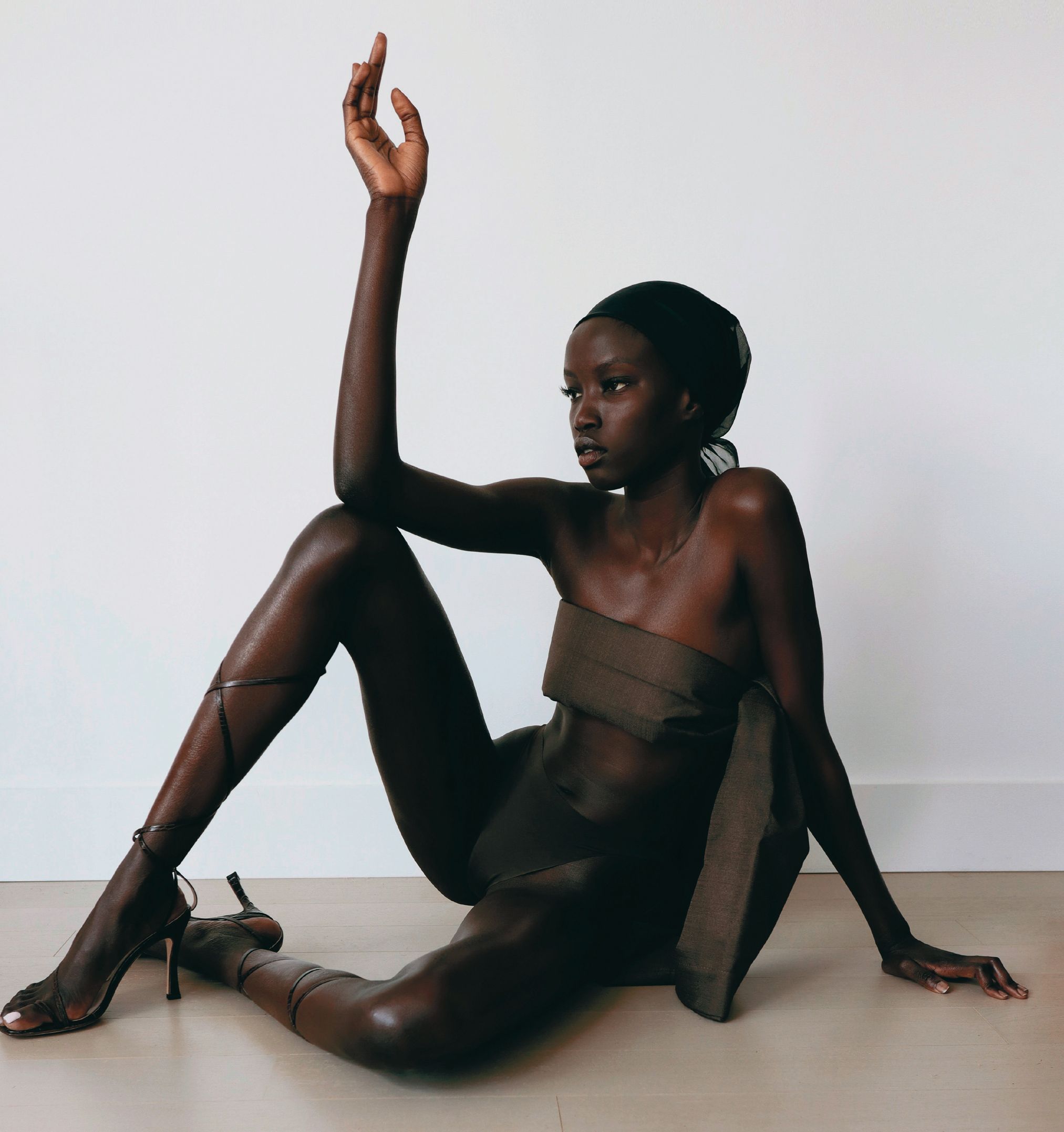“I learned pretty early on that press doesn’t pay the bills,” says Harlem’s Fashion Row founder and CEO Brandice Daniel. “I knew I needed to do something that would actually give financial opportunities to designers of color.” Daniel founded the initiative in 2007 to create an equal playing field for Black and Latinx designers, staging fashion shows and providing networking and mentorship opportunities. “We’ve been doing the work for 13 years,” says Daniel, who launched the Icon360 fund under the HFR umbrella this past May to benefit designers impacted by COVID-19. When ELLE spoke to her early in the summer, she was thrilled to have just raised $15,000 through a virtual fundraiser, featuring panelists like Christopher John Rogers. In June, the Council of Fashion Designers of America (CFDA) added another $1 million to that tally through its Common Thread Fund.
Under Daniel’s leadership, some of the industry’s most shameful statistics have come to light—including that, per HFR, less than 1 percent of designers sold in major retail stores are people of color. It’s a figure that Brother Vellies founder and creative director Aurora James was all too aware of when she devised the 15 Percent Pledge. “I was talking with a friend about the struggles Black-owned businesses are having during the pandemic,”she says. “At least 40 percent of them will not survive. That both tore me up and inspired me.” To date, Sephora, Rent the Runway, and West Elm are among those to have signed on to the pledge, which urges major retailers to allocate 15 percent of their shelf space to Black-owned businesses (nearly the same percentage of the U.S. population that Black people represent).
Other industry heavy hitters have opened their wallets to ensure that up-and-coming fashion students of color get the support they need. For example, Gucci partnered with the CFDA to provide $20,000-per-year four-year scholarships and mentorships to two students: California native Ajai Kasim, who is headed to Parsons School of Design; and Kaya Ugorji of Washington, DC, who will attend theFashion Institute of Technology.
Reflecting on the state of affairs in the industry and beyond, fashion activist and former model Bethann Hardison looked back to the ’70s, when she began her career. “I started out in the garment district,”she says.“There was no talk of race, only whether or not you could do the work.” A turning point for her was when Bernadine Morris, then fashion editor of the New York Times, devoted a major feature to Hardison and other Black models: “We were so proud, and then Newsweek followed up with a story about how successful so many Black models had become.” While there is ample room for progress, she says, it’s important to reflect on those who paved the way.“I think you have a calling, and you just call things out along the way, but you don’t necessarily start doing that until it’s time. Well, we have a movement now, and we’ve all got to keep up with the movement.”d
This article appears in the September 2020 issue of ELLE.
Read More On The Future Of Fashion
This content is created and maintained by a third party, and imported onto this page to help users provide their email addresses. You may be able to find more information about this and similar content at piano.io







